Guide: to supporting opioid withdrawal with plants
Guide: to supporting opioid withdrawal with plants by Carly Barton
Carly introduces her regime for supporting opioid withdrawal with natural medicines and companion practices.
Many patients struggle to tolerate opioids long term. Research shows that although opioids can be helpful for acute pain, they are not the best tool for chronic pain patients as they are less effective over time with a high addiction profile, the UK’s NICE guidance now reflects this view. In some cases, patients demonstrate an increased sensitivity and pain responses to usually benign stimuli, such as light and sound, as a result of opioid induced hyperalgesia. Which is a long-winded way of saying that, for some, opiates can make pain conditions worse.

Before and after withdrawal – photo taken 3 months apart
If you are considering withdrawing from opiates in favour of more holistic approaches. This process isn’t an easy one and I am mindful to remind you that it is best done very slowly, over a long period of time. Titrating down your dose will make the experience much less stressful for you and for your brain.
Understanding what happens during withdrawal
During opiate withdrawal, the brain experiences chemical changes that cause some pretty hectic chemical stress responses. The physical side-effects of your body withdrawing from a chemical it is dependent on can be quite distressing on its own, but from both personal experience and from anecdotal information from patients, the emotional/mood side effects can be even more significant and can lead to people giving up on giving up. This guide will hopefully help anyone wishing to utilise plant-based solutions throughout withdrawal and, in particular, should be a reminder of the chemical changes, so you are more at ease with the process and less distressed.
Let’s start by explaining what on earth is happening in the brain in terms of mood when we titrate opioids. When we consume opioids our reward centers in our brain receive a dopamine surge in our nucleus accumben. Dopamine is released when we experience pleasure, and a key driver for addiction is the need to feed those receptor sites. When we withdraw the drug, our dopamine receptors are expectantly waiting for another surge. When that doesn’t happen the chemical imbalance can cause issues with the processes for which dopamine is involved such as: attention, libido, memory, cognition, learning and sleep. Another neurotransmitter involved is serotonin, which is utilised for bodily processes such as pain sensitivity, sleep, appetite and cardiovascular regulation.
The locus coeruleus (LC) provides the sole source of brain norepinephrine in the mammalian forebrain, mediating a variety of brain functions and behaviours such as arousal, memory acquisition, attention, vigilance, and responses to stress. When we consume opiates, the norepinephrine locus coeruleus activity is very depressed, which means that the activity within these cells is inhibited often causing reports of a lack of emotional range. Patients will often report feeling ‘zombied’ or unable to connect to themselves. When the drug is withdrawn, the cells are reactivated and overly excitable, which can be incredibly overwhelming and unfamiliar, often leading to suicidal thoughts, depressive states and anxiety. This can, in some cases, be so overwhelming that people return to using opiates.
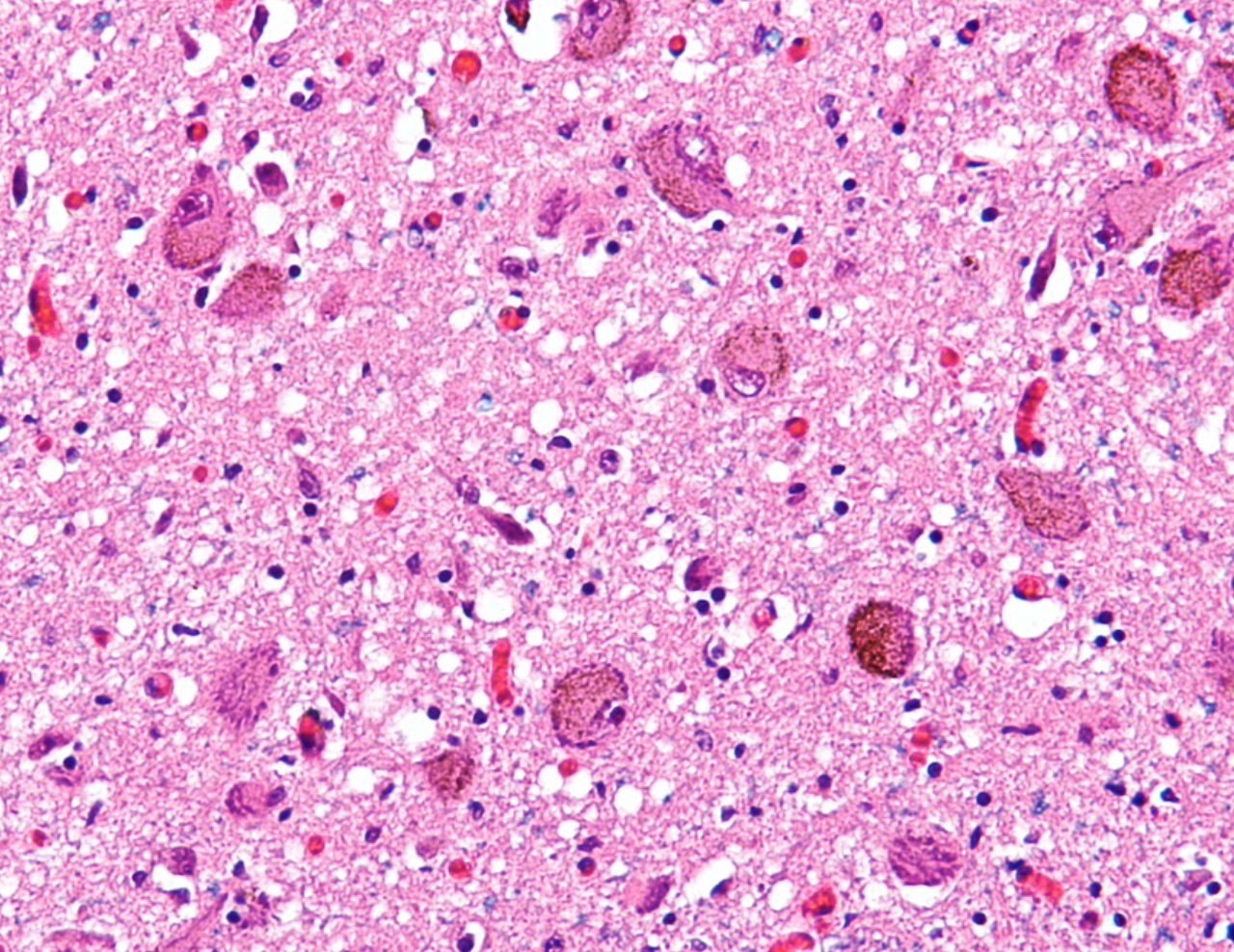
High magnification micrograph of the locus coeruleus
Thankfully, there is much we can do with plants to make this experience less stressful. The endocannabinoid system can act as a modulator for the stress-integrative LC-norepinephrine system and it can activate the neurotransmitter involved in producing dopamine. In particular, the Cannabinoid type 1 receptors can decrease stress-induced anxiety and modulate the excitability of the neurons as they are located in both the peripheral nervous system and the central nervous system. While the Cannabinoid type 2 receptors can target inflammatory responses, which can be helpful when dealing with the physical side effects of withdrawal. Strain choices play a really big role in this, and it is worth noting that cultivars that are more stimulating, can increase this activity somewhat. In making strain choices for opioid withdrawal, I would always advocate for a mid-range THC ‘indica’ dominant cultivar, to be taken alongside a high quality CBD product in order to activate the endocannabinoid system with balance.
In summary, the practical application potential of cannabis as a pain modulator, for which the opioids were originally prescribed, alongside its ability to aid side-effects, makes it the perfect companion in withdrawal support. With all of this in mind, it is hardly surprising that cannabis has been licensed for patients who have opioid dependency in several states in the US and clinics utilising cannabinoids in drug treatment are becoming increasingly popular.

What to expect
Day 1 – 2
You will begin to experience withdrawal symptoms during the initial 48 hours after taking your last dose. You will usually notice symptoms after around the eight-hour mark since the drug was last consumed due to the half-life of the drug. You can expect to experience discomfort in the form of muscle pain. After twelve to sixteen hours, you will experience a range of discomforting withdrawal symptoms including insomnia, diarrhoea, panic attacks and an increase in anxiety. At around the twenty four hour mark the anxiety can heighten, and insomnia can take hold, alongside some diarrhoea and temperature changes as the body enters detoxification.
Day 3-4
Reaching the 3 day mark, as symptoms intensify, is significant. Patients will often report day 3 as their worst day. Restlessness combined with aching muscles and lack of sleep can compound the ability to deal with the mood changes. The good news is that this is the peak at which the tide can turn for the better. Day 4 onwards, the brain chemicals start to balance out and the worst of the detoxification is over, although stomach cramps and shivering can linger for some.
Day 4-6
As day 4 transitions into day 5, you should notice an improvement in physical symptoms, and a lifting of mood. Some patients report an acceptance of their emotional state at this point. Once patients reach the day 6 mark, the acute withdrawal phase is over, although you may be left with some residual loss of appetite, mild anxiety and insomnia can persist for up to two weeks in some cases.
Preparing for withdrawal
Understanding that your mood and physical responses are being created by a chemical imbalance can be comforting in itself, you aren’t going mad, it is a process and one that will ebb and flow until it all calms down. It is absolutely essential, in my opinion, to ensure that you go into this mindfully and with the understanding that it will get better. Practising some meditation and working on some yoga stretches in the run up to your withdrawal can help to get you into the swing of self care and give you tools that can be utilised throughout the process.
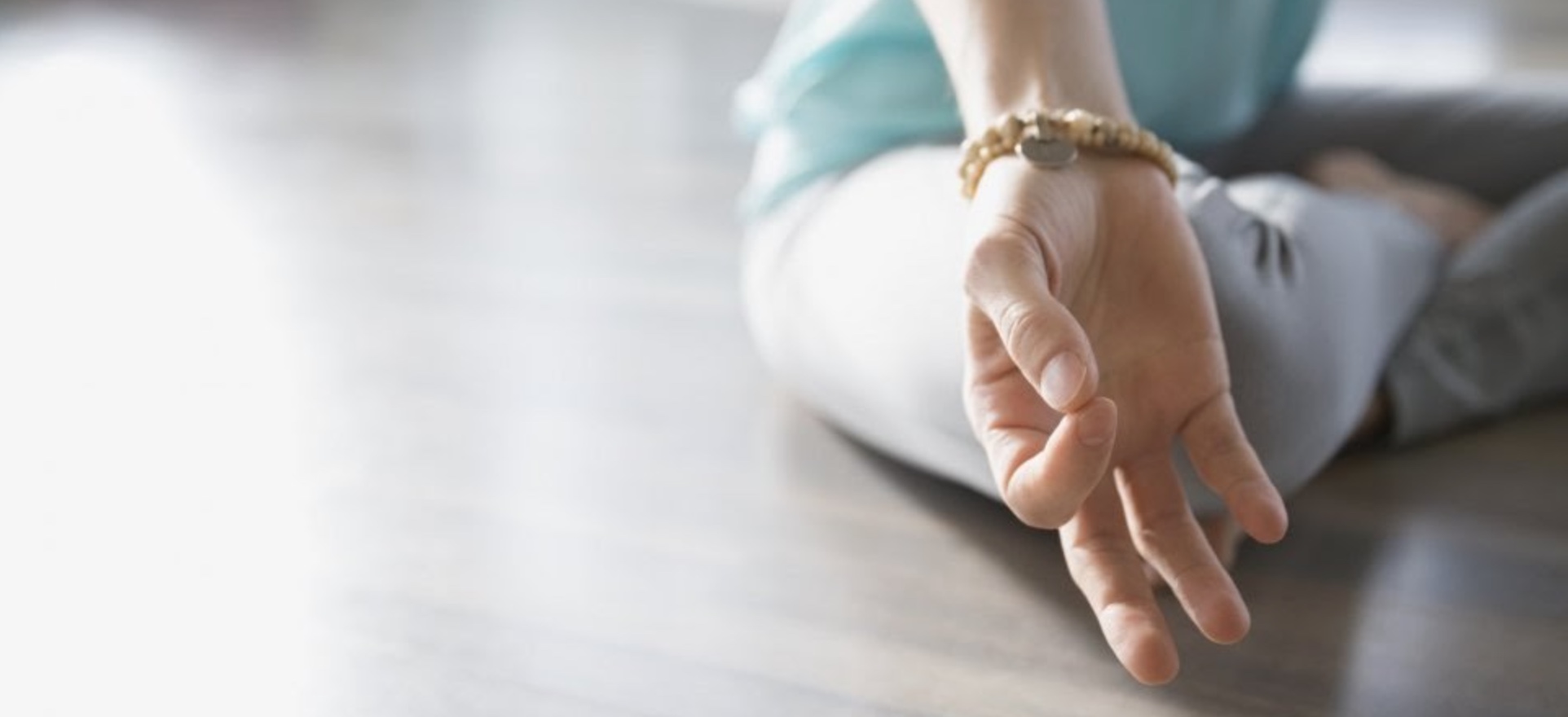
It is also important to let those around you know that you are likely to need a bit of help and compassion throughout the coming weeks and ensure that responsibilities are taken care of so that the process of dealing with the side-effects can take priority.
Stocking up on some herbs that I will recommend in the next section, is also advisable. You may not have the resources to purchase all of them, so go with whichever resonate.
Hydration
Water

Water intake is incredibly important through a withdrawal, it may sound obvious or incidental, but it does play a really important part in detoxification. Ensure you are onboarding at least 2 litres of water per day, more if you are experiencing any sickness and diarrhoea. If you do experience this, it may be helpful to add some electrolytes into the mix.
Electrolyte supplements
Muscle aches
Magnesium
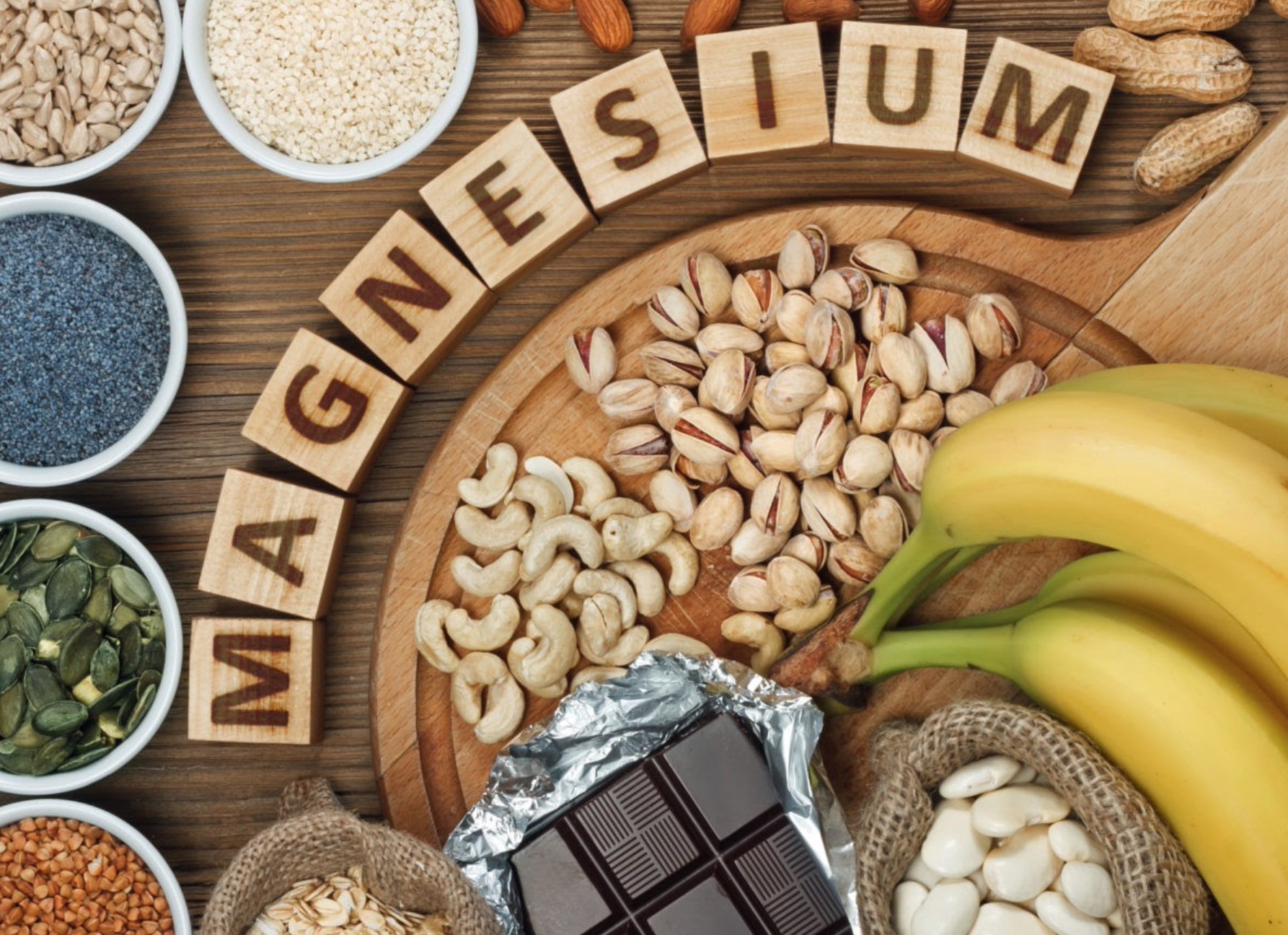
Magnesium can be incredibly helpful here. It can be found in many whole foods. Topical magnesium is incredibly helpful for restless legs and can be applied directly to the area of concern, but supplementing with oral magnesium is also advisable. Another great tool is magnesium sulfate, which is essentially epsom salts. This can be really relaxing for muscle stiffness and restlessness when used in a hot bath.
Note: If you experience any stomach upset with oral magnesium, you can supplement instead with topical applications and epsom salts.
Topical magnesium
Oral magnesium
CBD
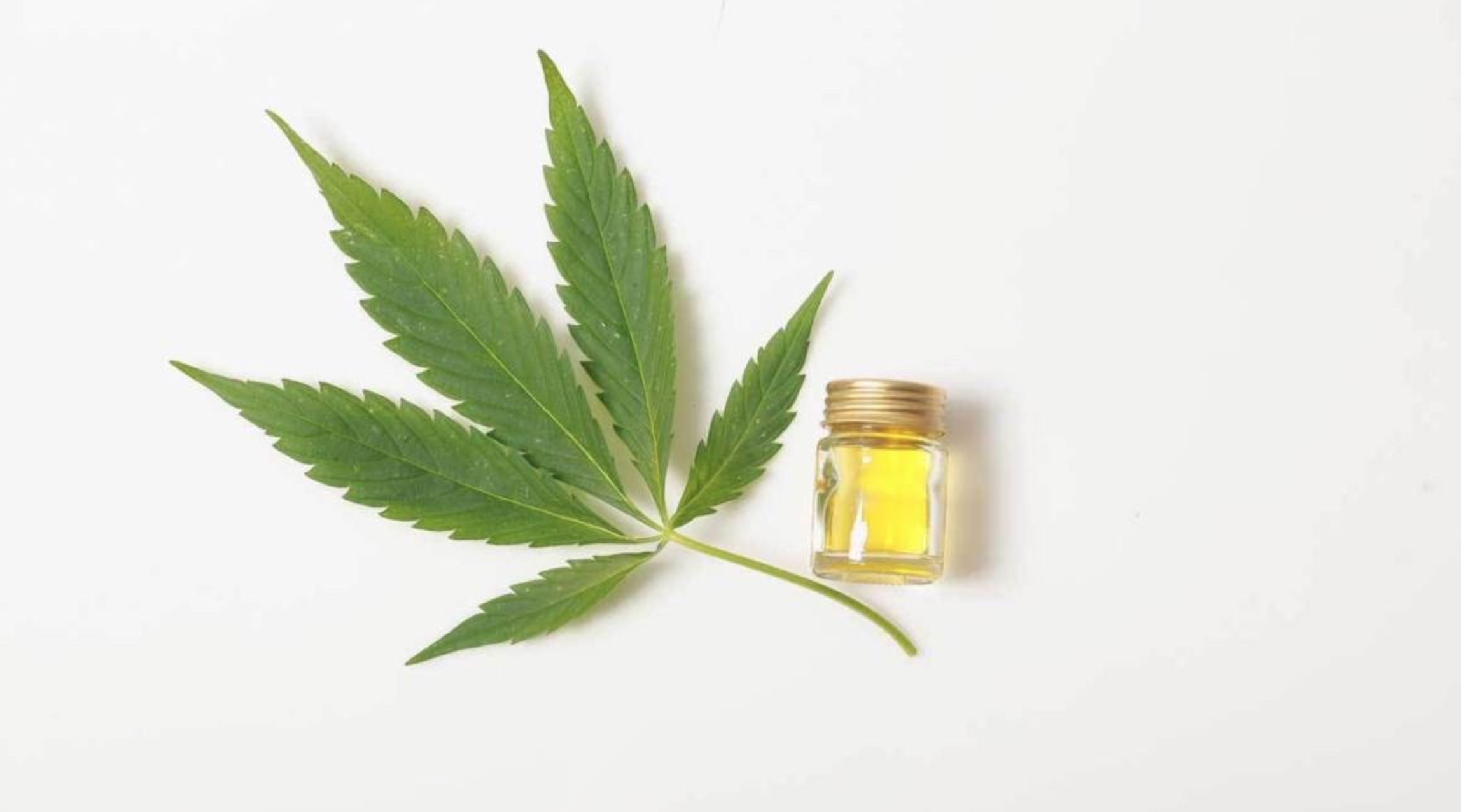
Another great tool for muscle aches is CBD, utilising both oral CBD to keep inflammation at bay alongside topical CBD can be incredibly beneficial. I have recommended two products that personally helped me with my withdrawal and that I have seen the certificates of analysis for.
CBD Balm
CBD oil
Yoga

The need to stretch with restless achy muscles will come quite naturally, particularly on day 3 as you may feel that you are unable to relax. Some simple yoga stretches can bring down the aches and counteract some of the tension caused by inactivity.
This is a great channel that has free courses as well as routines for mood balance and particularly problematic muscle groups.
Yoga
Pain
Patients will often experience an increase in pain, particularly in the first 5 days of withdrawal. The tendency to utilise anti-inflammatories can be problematic for the stomach, which is often already compromised during detox.
Cannabis
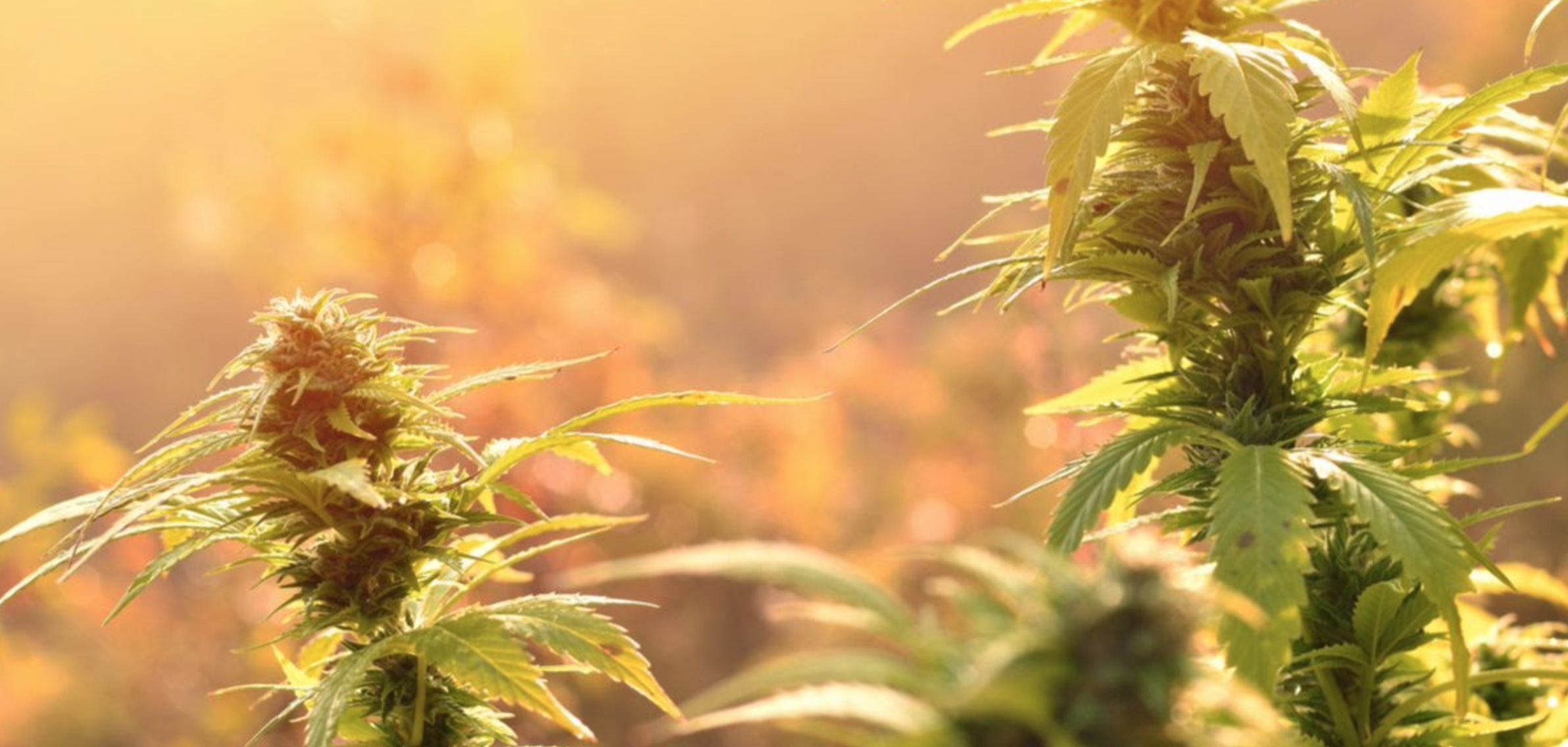
A great tool for this is cannabis. Personally, I prefer vapourising using a dry herb vape. Vapourised cannabis is incredibly fast acting, easy on the lungs and can turn the tables on acute pain very quickly, relaxing tense muscles and alleviating neuropathic pain that patients often describe as like ‘electric shocks’.
This UK company provides a range of high quality vapourisers at various price points and they have a video demonstrating each piece of hardware.
Although vapourised cannabis is the most useful for acute symptoms, oils can be beneficial for more long-term coverage. Making a fat extracted cannabis oil is as easy as baking a cake! You can find my tutorial here.
Strains can be looked up on Leafly.com so that you can best understand the attributes of each.
Personally, I found that cultivars on the ‘Indica’ spectrum are better for calming the central nervous system and curbing overactive brain activity. It is always a good idea to add some additional oral CBD to balance out the effects of high THC cannabis, as recommended earlier.
Insomnia
This is a symptom that can be extremely distressing, we all know that feeling of not being able to tolerate what life throws at us without a decent night’s sleep!
Melatonin

Melatonin is a chemical that is naturally produced by the body when it starts to get dark, and it helps signal our sleep cycle. Withdrawal from opiates can significantly impact our ability to produce this effectively. Melatonin is not sold in the UK as it is not licensed for over the counter use. Luckily, it is easily ordered from other parts of Europe, and one of these before bed can help to supplement our brain with a naturally occurring substance.
Melatonin
Mood
Managing low mood can be difficult when you are also experiencing significant physical withdrawal symptoms. Below are some options for natural supplements that can help with this. Personally, I utilised all of these in combination. The L-Tryptophan and passion flower was particularly helpful for me.
Starflower/Borage oil
DLPA (amino acids)
L-Tryptophan with passion flower
Nutrition
As the body eliminates toxins and enters detoxification, it is incredibly important to supplement that with a healthy diet. This, however, can be problematic if you are experiencing loss of appetite. Although cannabinoids should help with this, it is always wise to make sure your body has enough vitamins to help you through.
Vitamins
Note: If you experience any stomach upset with Vitamin C, you can swap for low acid vit C instead.
B-100 Complex
Vitamin C
Moving forward
One of the benefits of being off opiates for me personally, is that I feel much more connected to my emotions, more in control and able to ‘feel’ the world around me. Following a few weeks of discomfort, I was able to express myself with much more colour and bliss.
Managing my pain moving forward, I still utilise many of the herbs that I have recommended in combination with a regime of cannabinoids to modulate my pain responses and calm symptoms that stem from my central nervous system.
I have made a note of my daily herbal toolkit below.
As well as consuming around 1-2g of vapourised cannabis, I also supplement with:
1000mg of Magnesium Citrate.
2000mg of Starflower/Borage oil.
Candida Complex.
40mg CBD oil.
Vegan Omega 3 Algae oil.
500mg Organic Moringa.
B-100 Complex.
Vitamin B12 sublingual spray.
Vitamin D sublingual spray.
200mg of psilocybin every Sunday.
Extras include:
Topical cannabinoids.
Turmeric.
DLPA.
I am not in any way advocating against the use of Western medicine -for some opioids and other pharmaceuticals work incredibly well. However, in my opinion, we as a country are over-prescribing these medicines where there are other less toxic alternatives.
One thing I have found on my health journey, is that our medical system can be incredibly paternalistic. This can promote an environment where the imbalance of power leaves the patient feeling less in control of their health. The drugs that we are prescribed are often drugs of which we have no understanding. They have names we can’t spell, they are generic white pills that we as humans struggle to connect with. The combination of these things, in my experience, puts our wellbeing at arms length and leaves us dependent on the advice of others when making choices about our bodies.
The transition to plant medicines, for me, changed that dynamic. Being able to grow or envisage growing these plants, experiencing their tactility and utilising their flexibility has helped me to reconnect and take responsibility for my own health with a newly found feeling of empowerment.
While you are going through your own journey in withdrawal, aside from utilising the tools in this guide, I think the best advice I can offer is to treat yourself with as much compassion as you can muster. Take each hour at a time and know that for every one of those hours, you are closer.
Good luck.